Tomatoes are one of the most popular crops in home gardens, loved for their rich tangy flavor, versatility, and productivity.
But did you know that what you plant near your tomatoes can significantly impact their health, growth, and yield?
This specific gardening strategy is called companion planting. When done properly, it can help you enhance flavor, improve pollination, control pests, and conserve space. Here’s a detailed guide on what you can plant with tomatoes — and what you should avoid.
Why Companion Plant Tomatoes?
Table of Contents
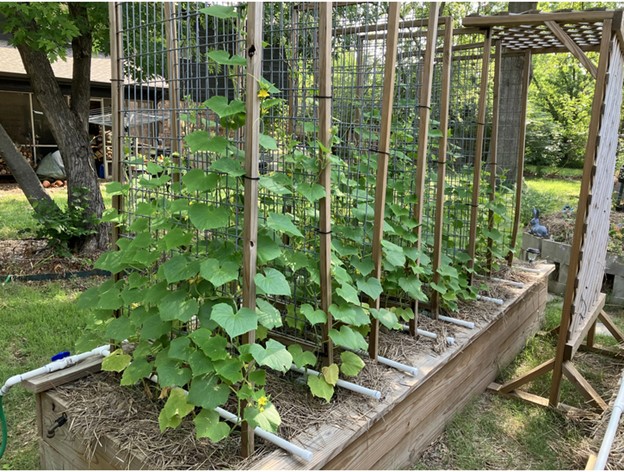
Companion planting is based on the idea that certain plants can support each other when grown together. Some of the benefits that companion plants can add to tomatoes are:
- Deter Pests – Some companion plants naturally repel or confuse common tomato pests like whiteflies, aphids, and hornworms through their odors or other properties.
- Improve Soil – Certain companions, like legumes, enrich the soil with nutrients like nitrogen, while others improve soil structure and water retention through their roots and decomposition.
- Attract Beneficial Insects – Flowering companions attract pollinators for better fruit production and predatory insects, eating tomato pests and creating a natural pest protection system. It affects the growth and taste of tomatoes through various interactions. Basil
- Provide Ground Cover or Shade – Low-growing companions suppress weeds and retain moisture, while taller ones can offer shade in hot climates, protecting tomatoes from sunscald.
- Enhance Growth or Flavor – Some companions are believed to positively influence the growth and even the taste of tomatoes through various interactions.
Best Companion Plants for Tomatoes
Here are some of the plants you can consider planting with tomatoes:
1. Basil
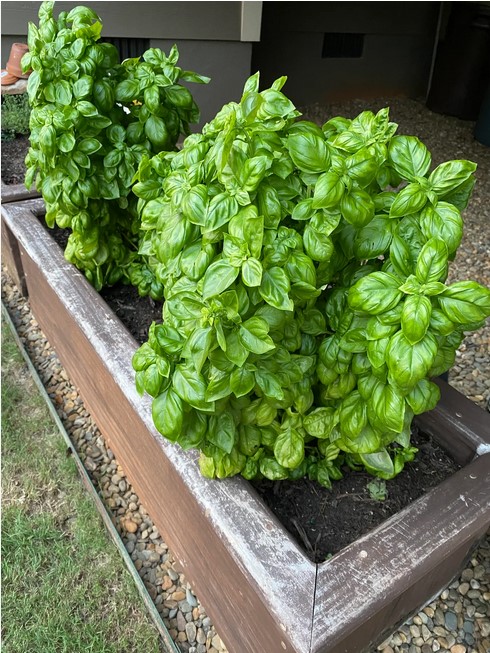
Basil can be a good companion plant for tomatoes. It is said to enhance tomato flavor and deter common pests like mosquitoes, flies, and aphids. Additionally, the aromatic oils of basil, protect tomatoes from fungal diseases.
How to plant – Space basil plants 12–18 inches apart around or between tomato plants.
2. Marigolds

Marigolds are not only beautiful but also effective pest repellents. Marigolds deter nematodes, whiteflies, and aphids while attracting pollinators.
Tip to Plant Marigold – French marigolds are particularly potent for pest control.
3. Garlic & Onions (Alliums)

The strong scent of onions, garlic, chives, and leeks mask the smell of tomato plants and repels harmful insects like spider mites, aphids, and other pests. Additionally, chives may help improve tomato flavor.
4. Carrots

You can grow carrots around the base of tomato plants to loosen the soil. However, they may grow smaller due to tomato root competition — a trade-off worth considering in tight spaces.
5. Lettuce & Spinach
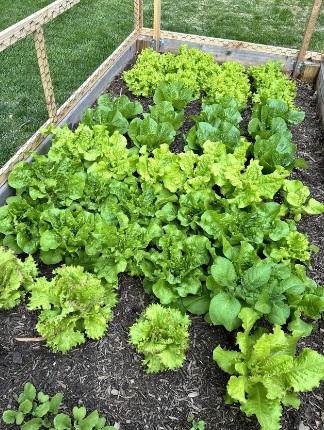
Leafy greens like Spinach and Lettuce thrive in the shade of tomato plants. In turn, they act as living mulch, helping to conserve soil moisture and suppress weeds.
6. Borage
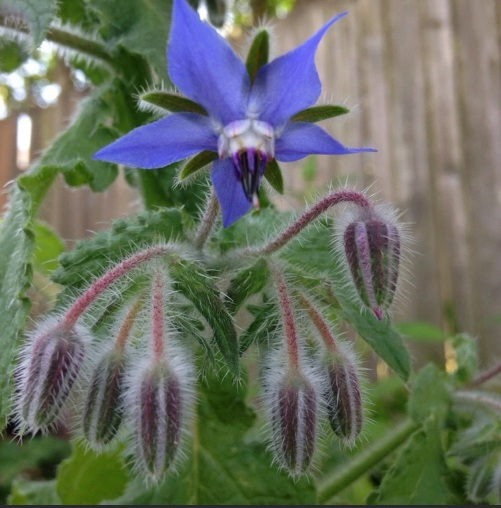
Borage, a lesser-known herb, can be a powerhouse in the garden. It attracts beneficial insects like bees and predatory wasps. Besides, borage repels tomato hornworms. It also improves tomato growth and resilience.
7. Nasturtiums
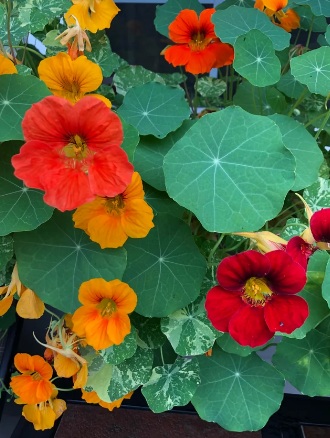
Flowering plants like Nasturtiums act as trap crops, drawing aphids and whiteflies away from tomatoes. They also sprawl along the ground, offering natural weed control.
8. Asparagus
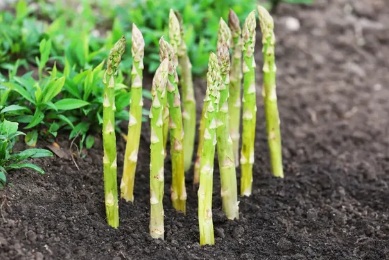
Tomatoes and asparagus are mutually beneficial. Tomatoes repel asparagus beetles, while asparagus may help deter root-knot nematodes that can plague tomato roots.
9. Parsley & Cilantro
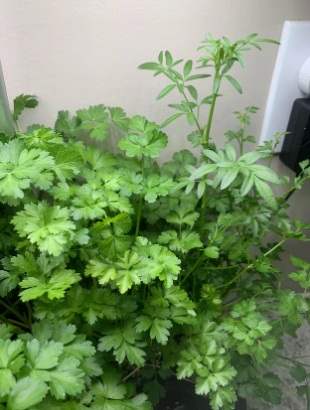
These herbs can attract predatory insects like hoverflies and parasitic wasps that help control tomato pests naturally.
What Not to Plant with Tomatoes
Avoid certain plants that compete with tomatoes for resources or increase the risk of disease and pest issues.
1. Corn
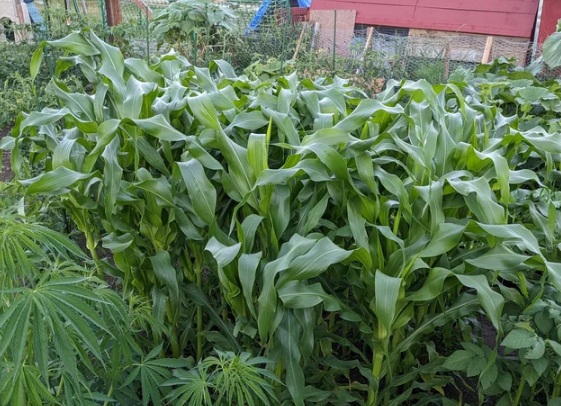
Both corn and tomatoes are susceptible to the tomato fruitworm or, corn earworm. Planting corn and tomatoes together can lead to a shared infestation.
2. Potatoes
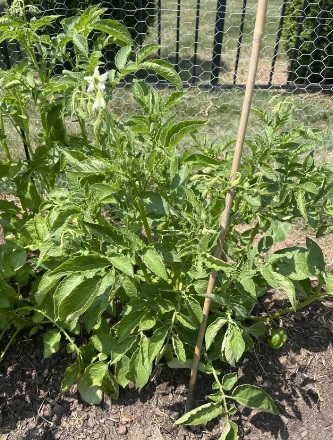
Tomatoes and potatoes belong to the same nightshade family and share many pests and diseases like blight. So, you can grow them together to resolve these problems.
3. Fennel
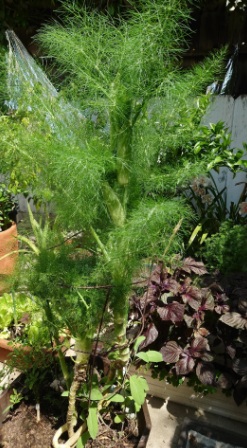
Fennel secretes chemical compounds that inhibit the growth of other nearby plants, including tomatoes. These chemicals are called allelochemicals and can be released through the fennel’s roots, leaves, and seeds.
4. Cabbage Family (Brassicas)
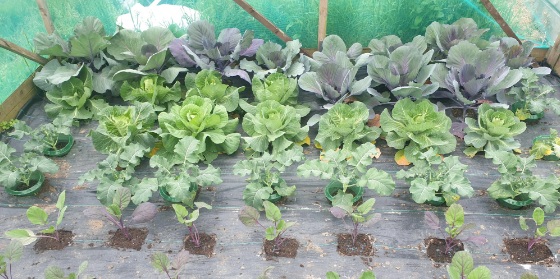
Plants like broccoli, kale, and cabbage compete with tomatoes for nutrients and water. They are not considered to be good companion plants for tomatoes, especially in a tight garden.
5. Dill (Mature)
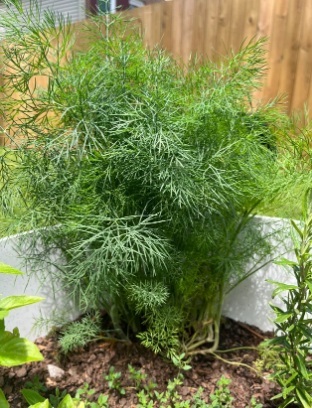
Young dill plants can benefit tomatoes, but once they mature, they may hamper the growth of the tomatoes. So, it is better not to plant them with tomatoes.
Tips for Successful Tomato Companion Planting
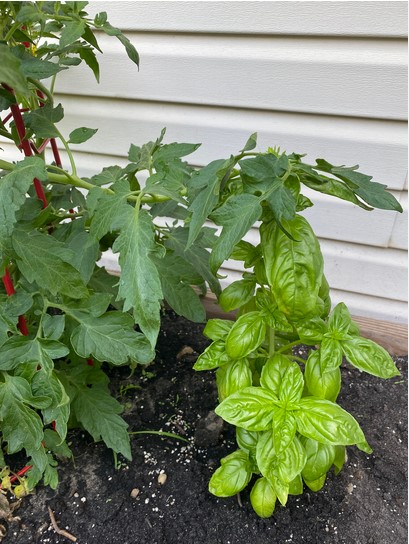
- Rotate yearly – Planting tomatoes in the same spot year after year can lead to a buildup of diseases and pests specific to them. Instead, grow different types of plants in each bed annually to disrupt these cycles and keep your soil healthier.
- Monitor spacing – Giving your tomato plants and their companions enough room ensures good air circulation around the leaves and stems. This helps them dry out properly and significantly reduces the risk of fungal diseases taking hold.
- Mix heights – Utilize all levels of your garden by pairing tall tomato plants with lower-growing companions like herbs and leafy greens. This maximizes your growing space and can even provide shade or other benefits for the soil.
- Mulch generously – A good layer of mulch around your tomato plants and their companions helps the soil retain moisture and suppresses weed growth. As it breaks down, it also enriches the soil, creating a better environment for healthy growth.
- Observe and adapt – Every garden has its own unique conditions, so pay close attention to how your plants interact and respond to different companions. By tracking what works well in your specific climate and soil, you can fine-tune your companion planting strategies for the best results.
Conclusion
Companion planting with tomatoes isn’t just about squeezing more plants into a small garden — it’s a smart, natural way to boost productivity, reduce pest pressure, and create a more resilient ecosystem.
Whether you’re tucking basil under your tomato vines or edging your beds with marigolds and nasturtiums, the right companions can elevate your tomato harvest and your gardening experience.
Leave a Reply